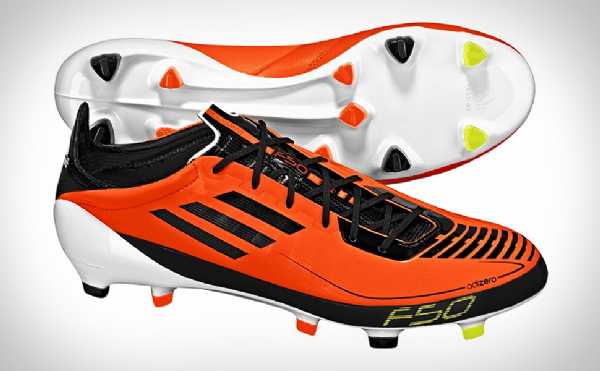Bulletin Board
Subscribe to our Newsletter| Jugglers Club | |||||||||
| BIG 10 | Bronze Level | Silver Level | |||||||
| (Min. 10) | (Min. 25) | (Min. 50) | |||||||
| Player | Age | Player | Age | Player | Age | ||||
| Cameron Black | 10 | Ethan Ashbrook | 12 | ||||||
| Andy Musquez | 13 | Tygre Stockwill | 14 | ||||||
| Luke Ford | 13 | ||||||||
| Gold Level | Platnium Level | ||||||||
| (Min. 100) | (Over 100) | ||||||||
| Player | Age | Player | Age | ||||||

The main difference between soccer cleats and baseball cleats for kids is the presence of a toe cleat. The toe cleat, located on the sole of a baseball cleat under the center of the toes, is illegal in soccer cleats for safety precautions. Referees check players' shoes for a toe cleat before every match and will make players change cleats if one is found. It is conceivable that you could play baseball wearing soccer cleats, but it would be illegal to play soccer wearing baseball cleats. Toe spikes increase the risk of injury in soccer. Due to the extensive amount of kicking and slide tackling, toe spikes would add an extra element of danger to the game. If toe spikes were to be used, other players would risk getting their legs and even their face punctured by a kick.




